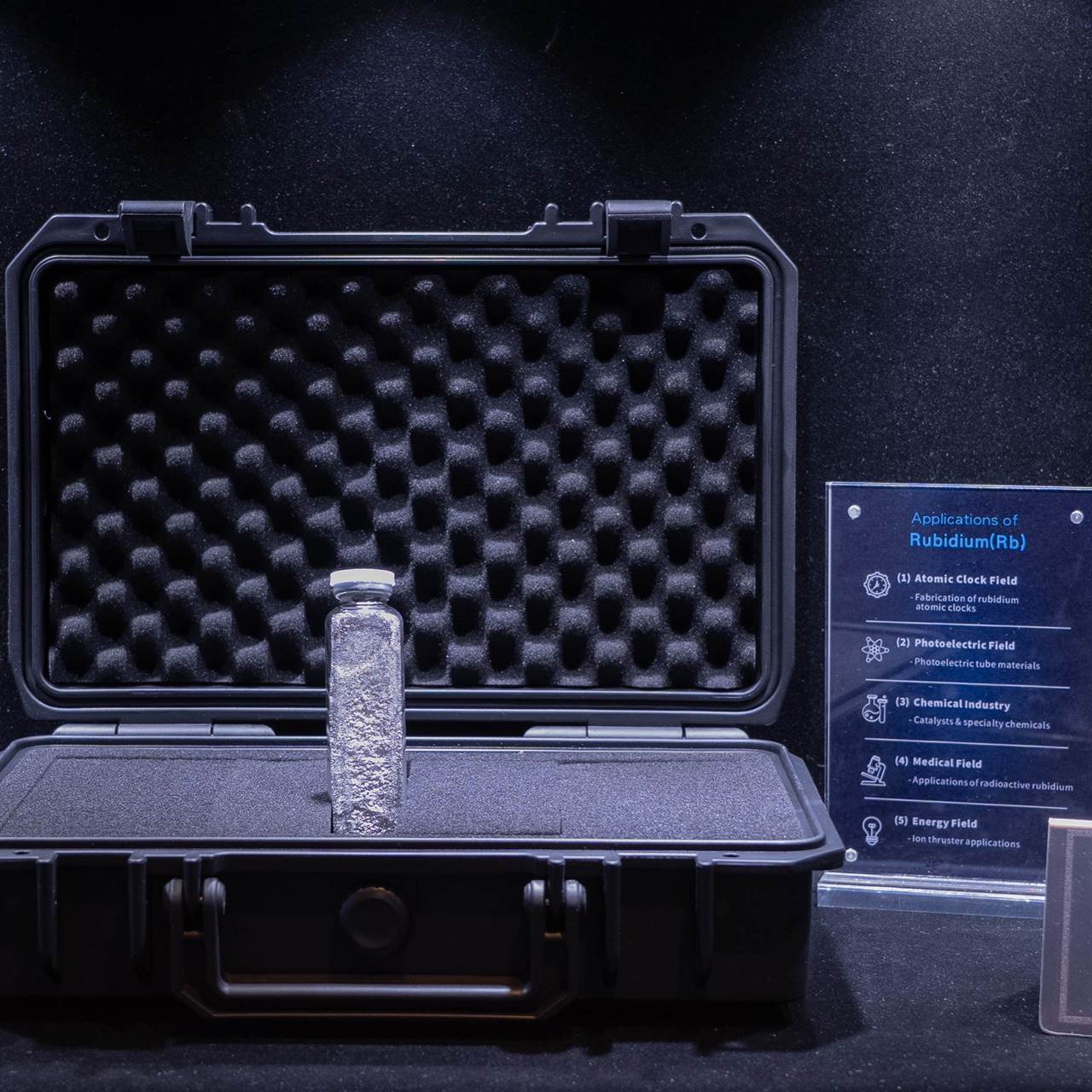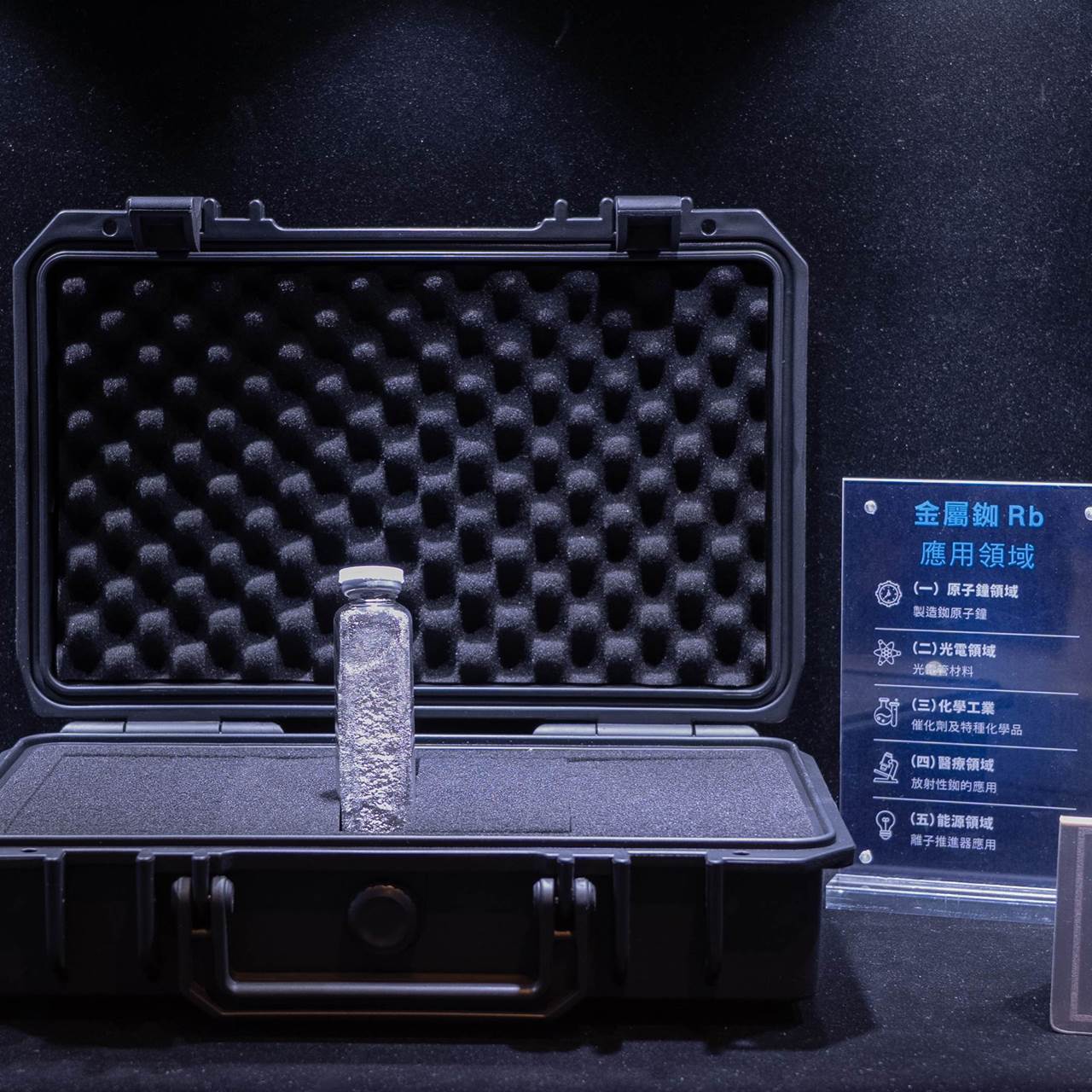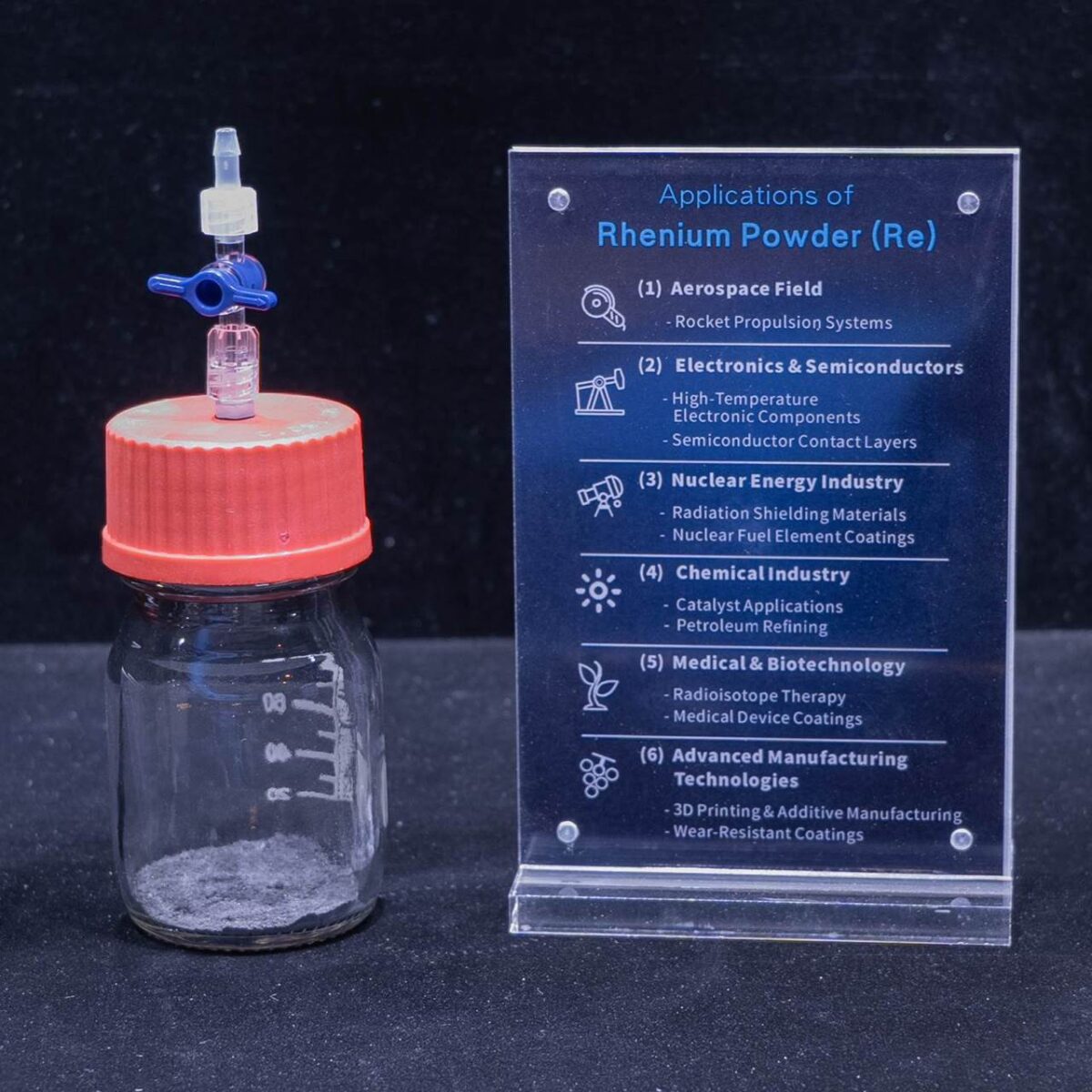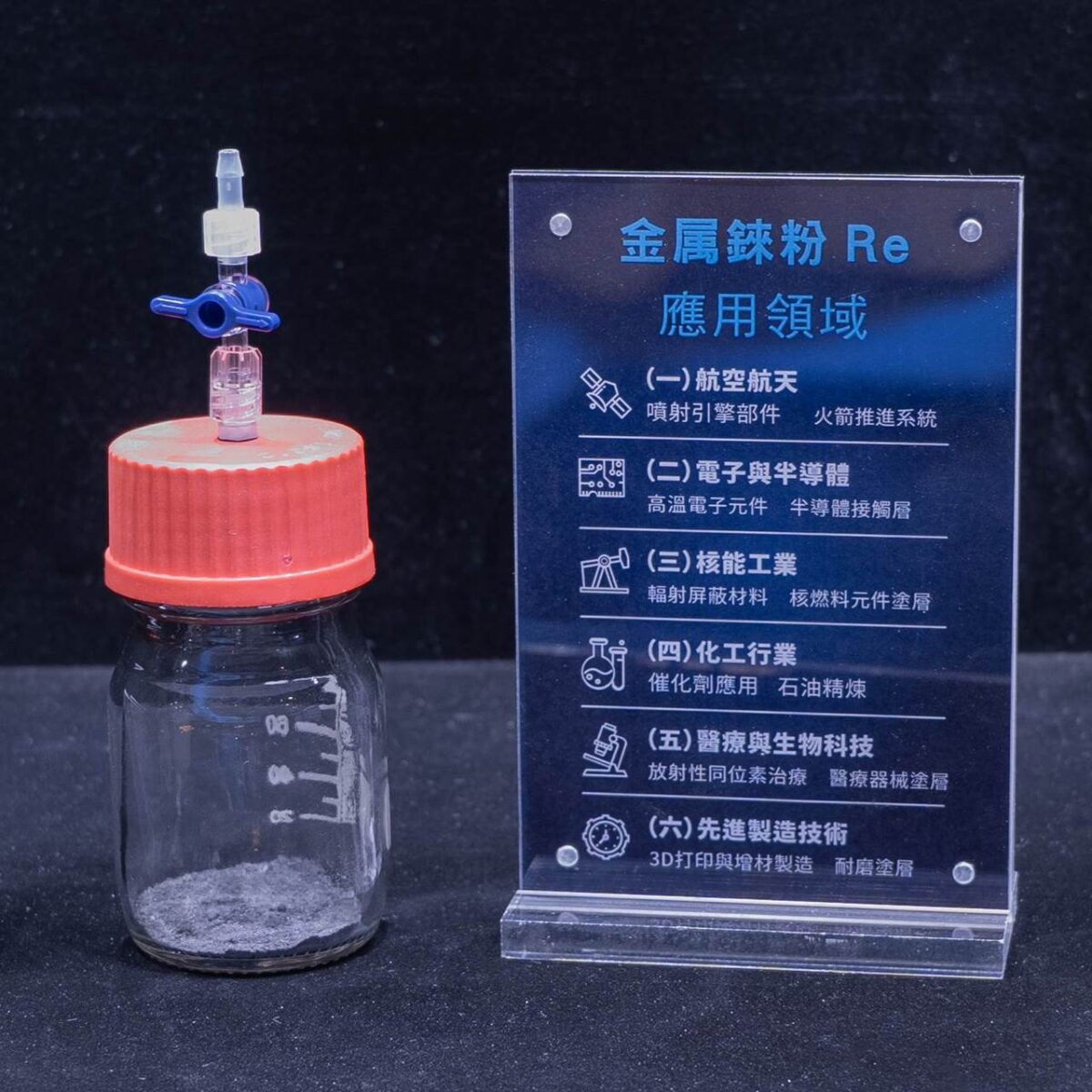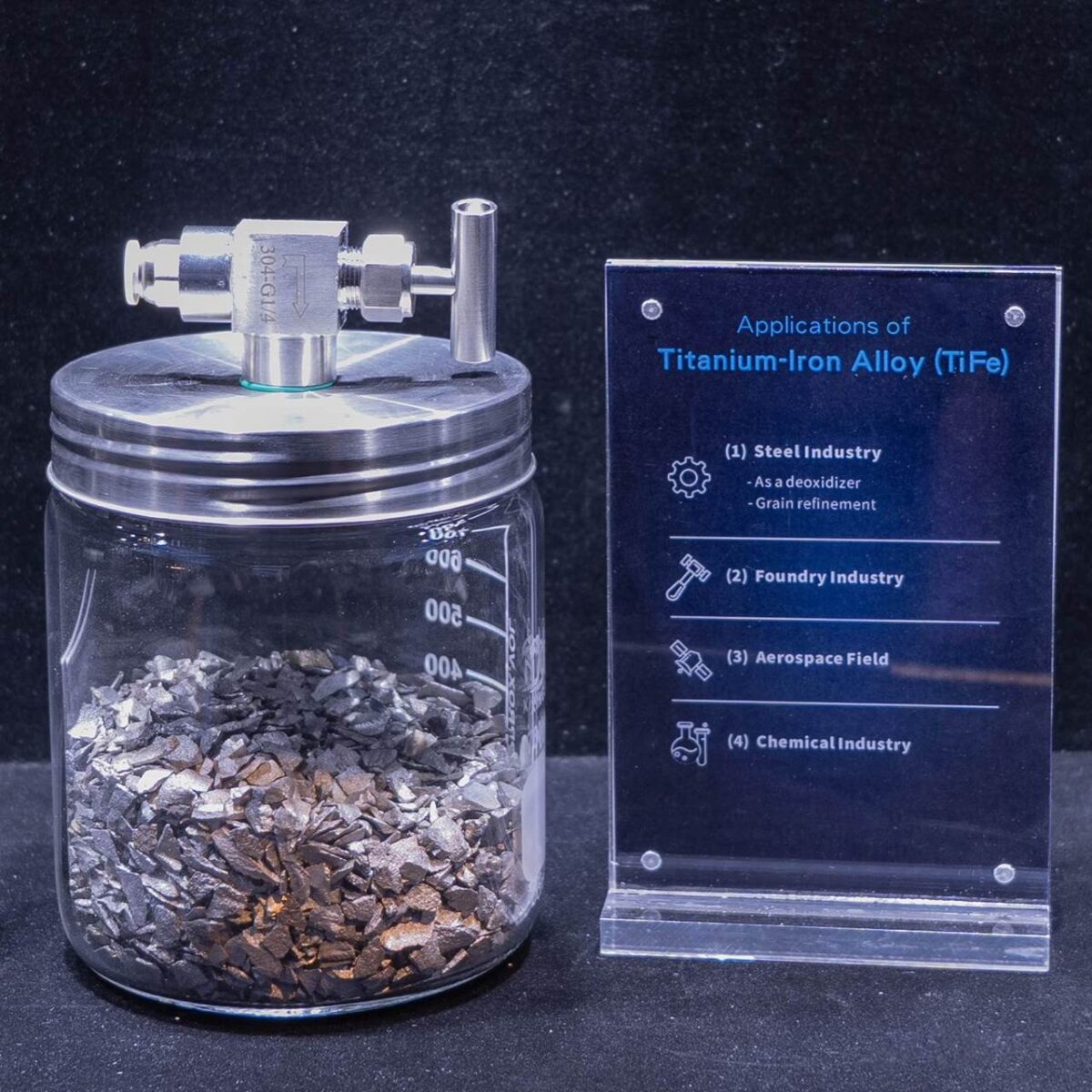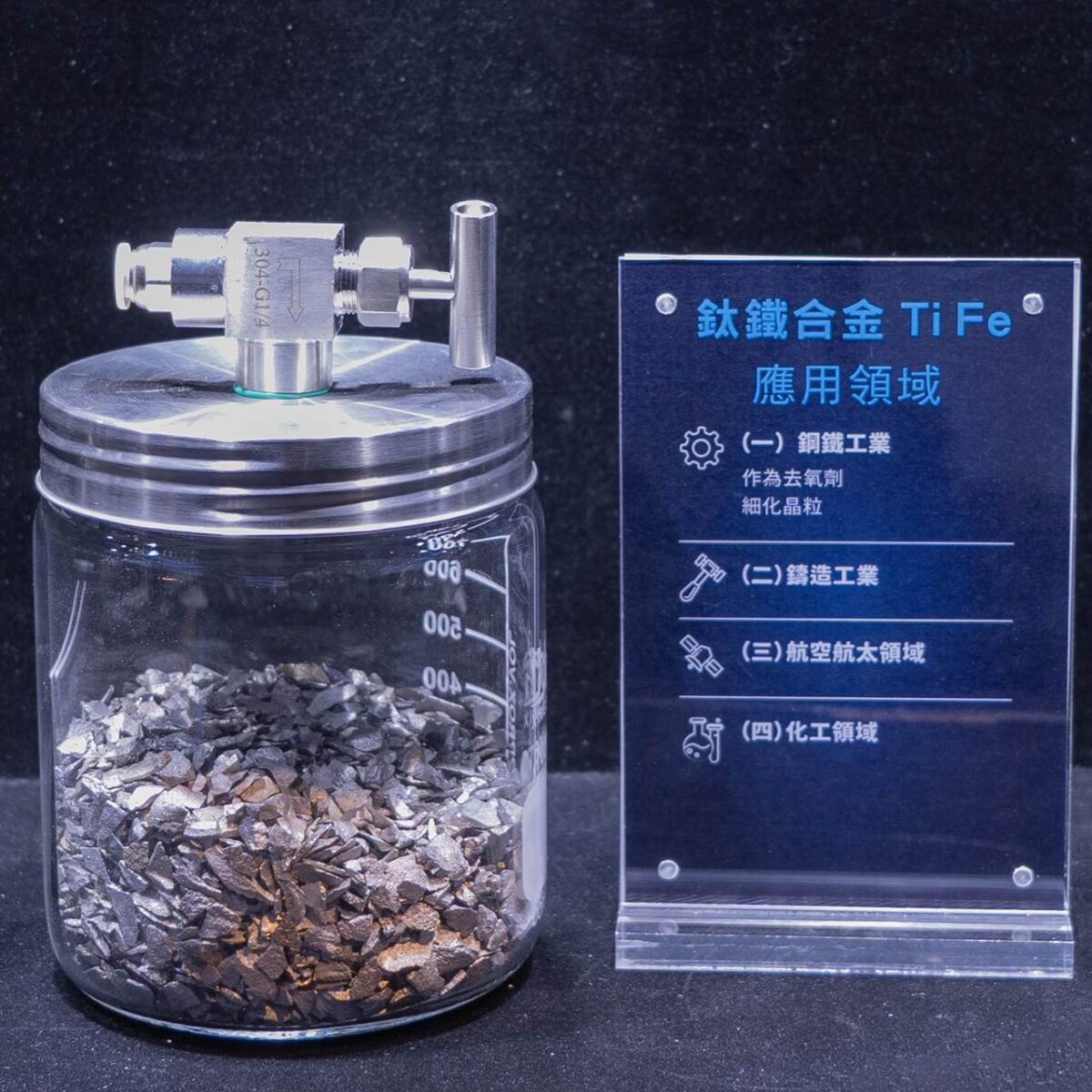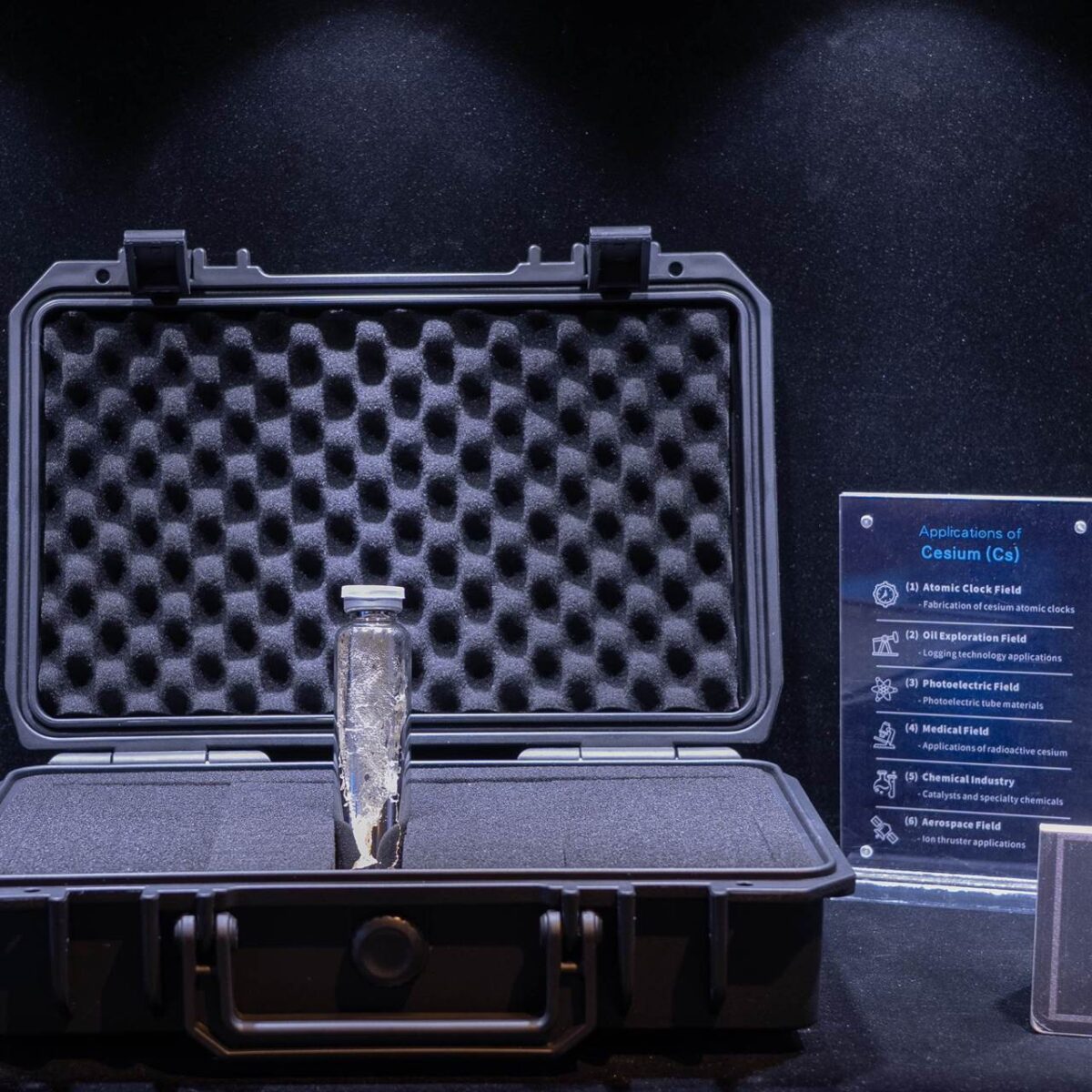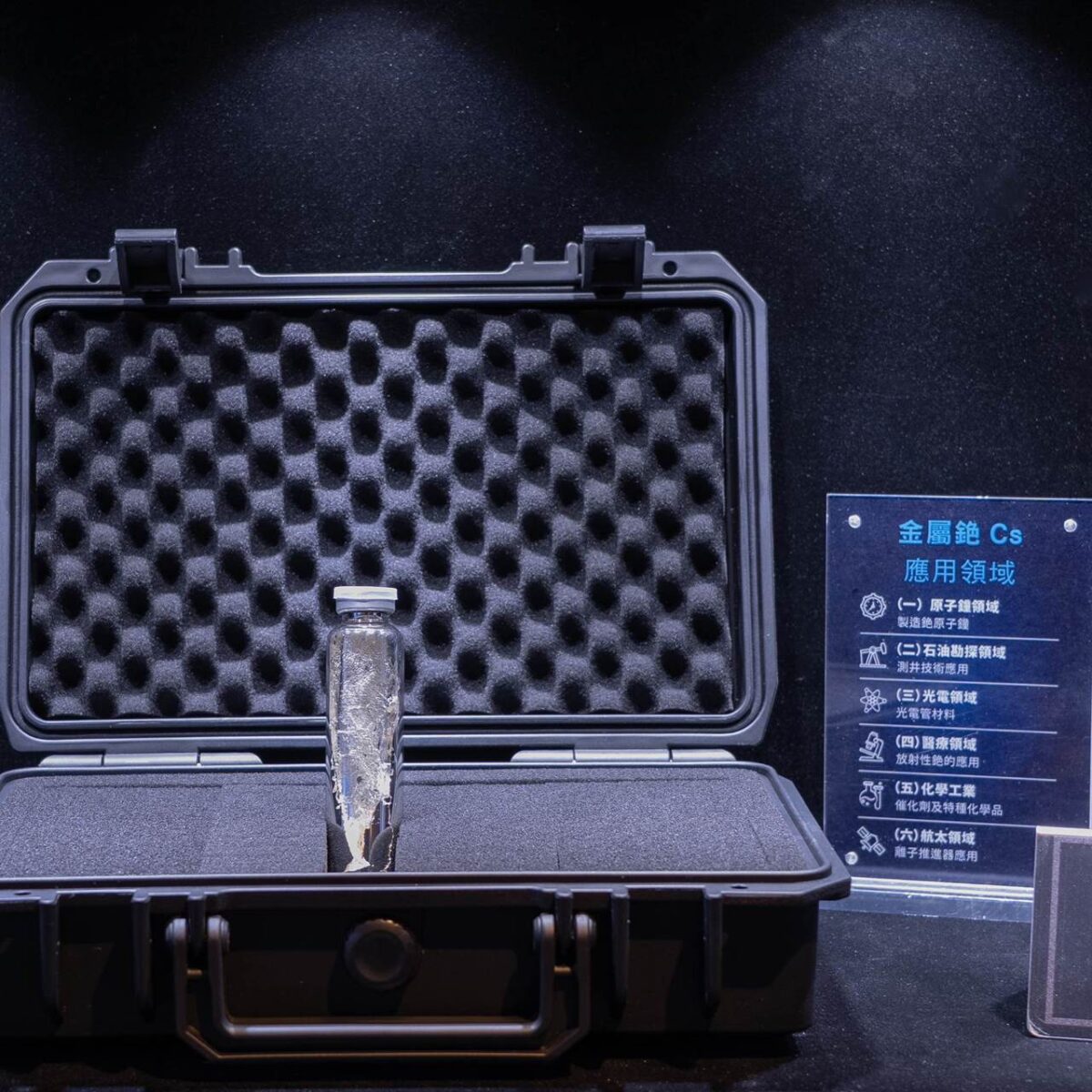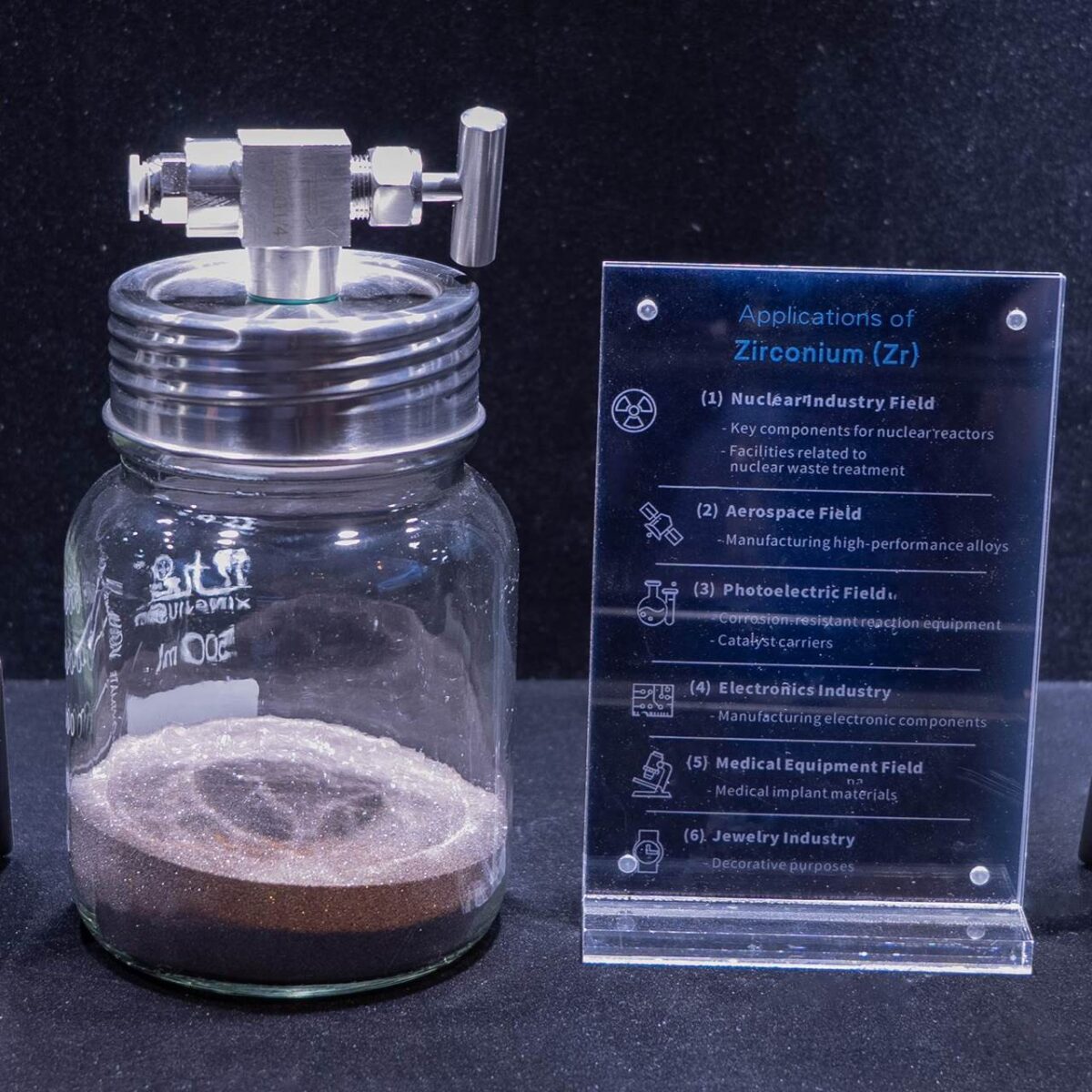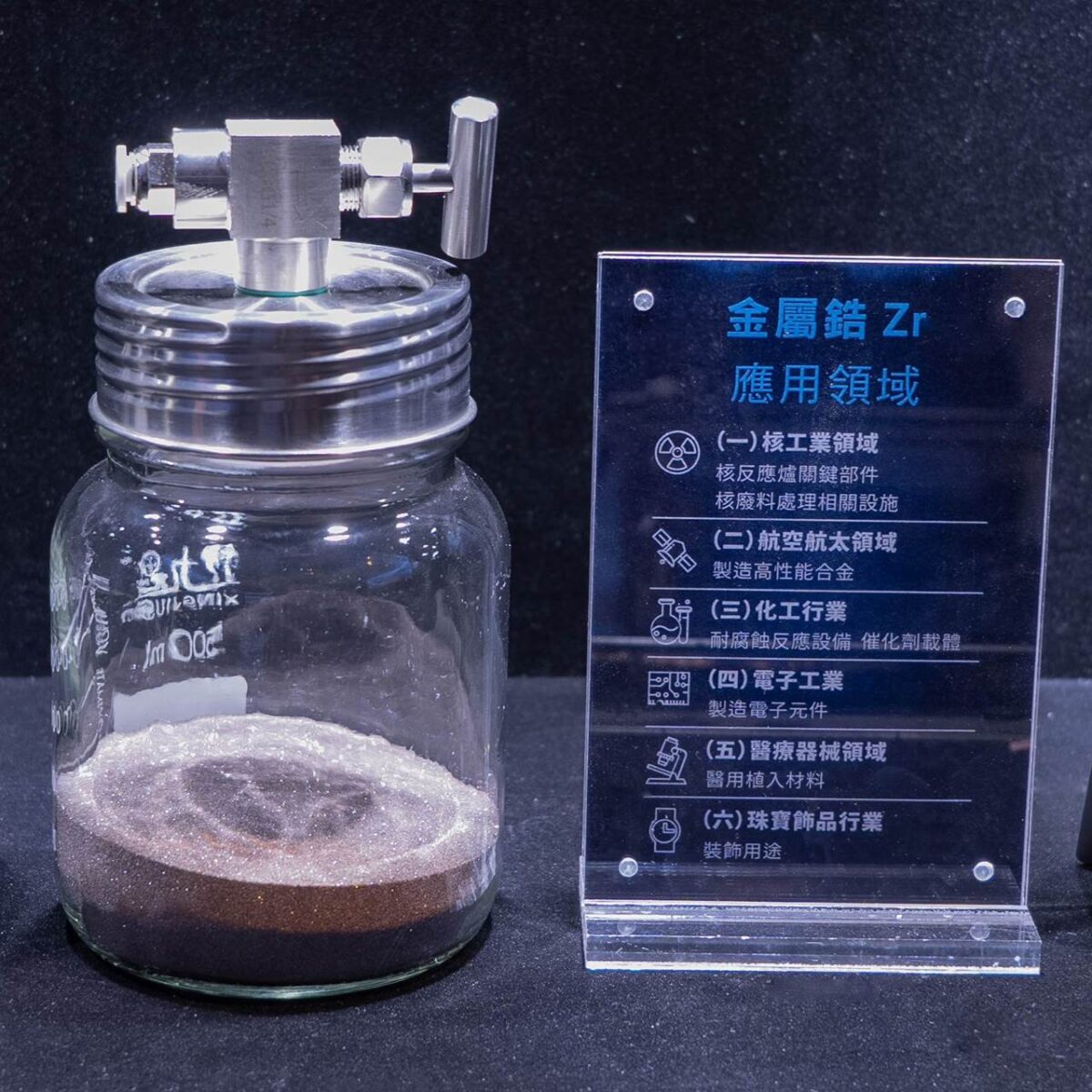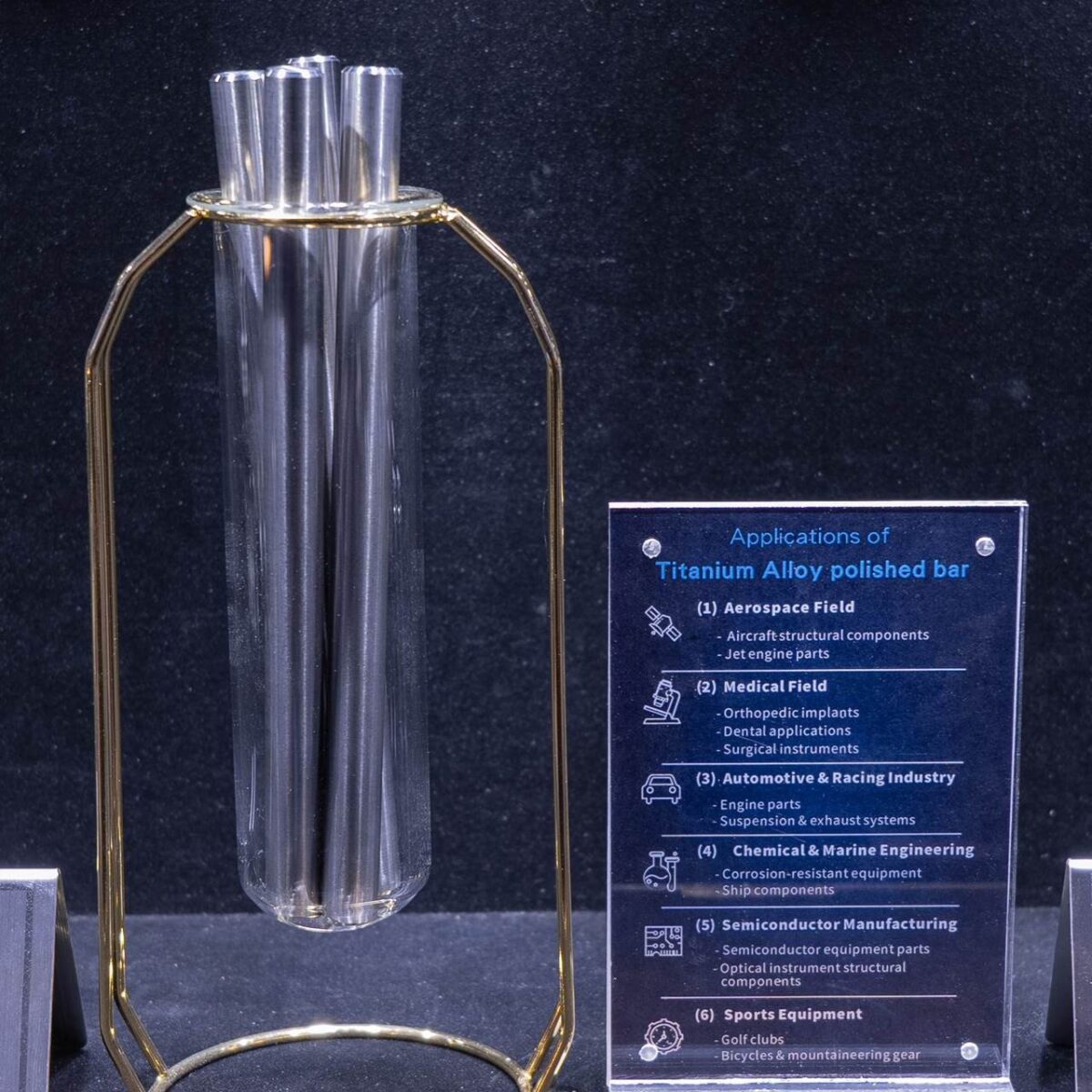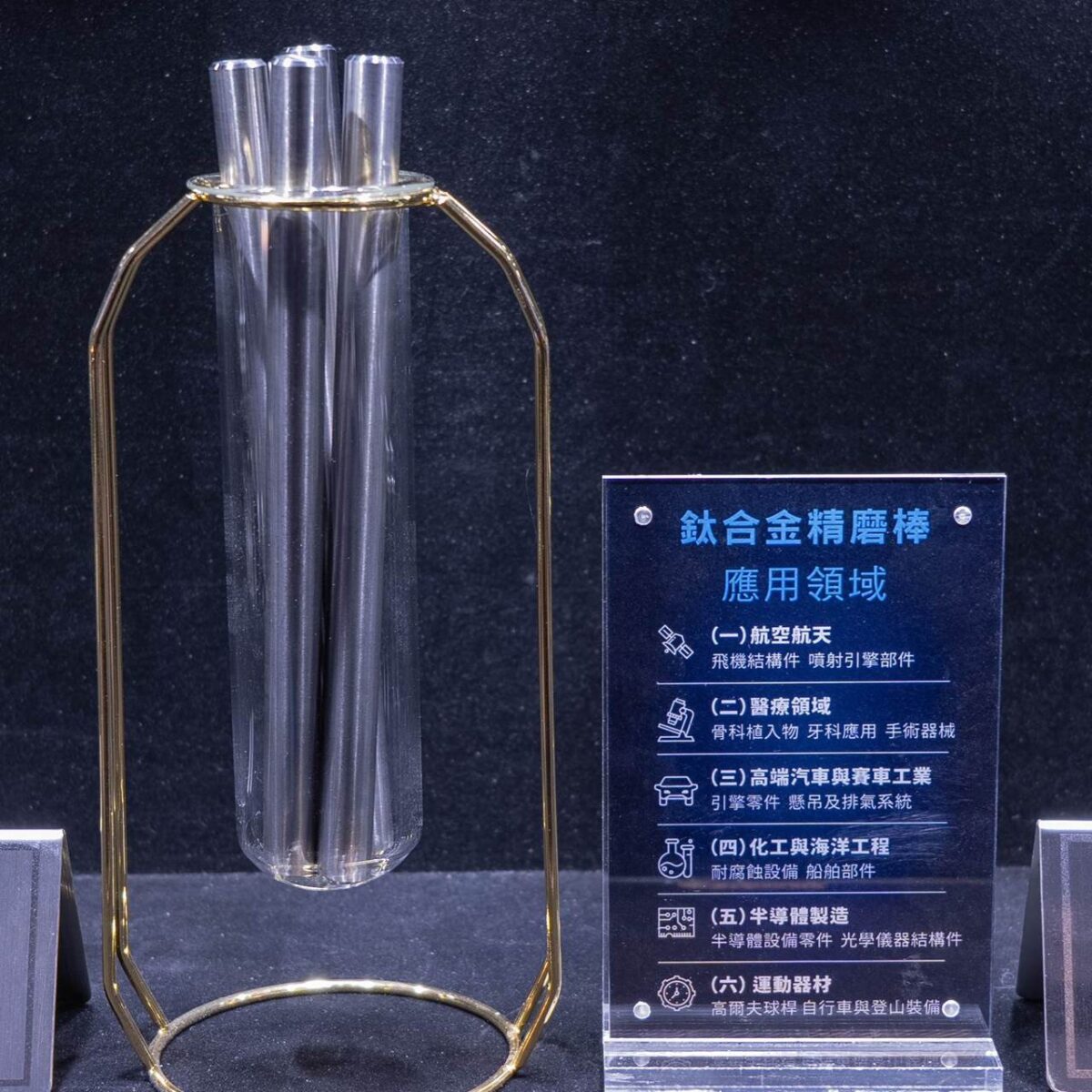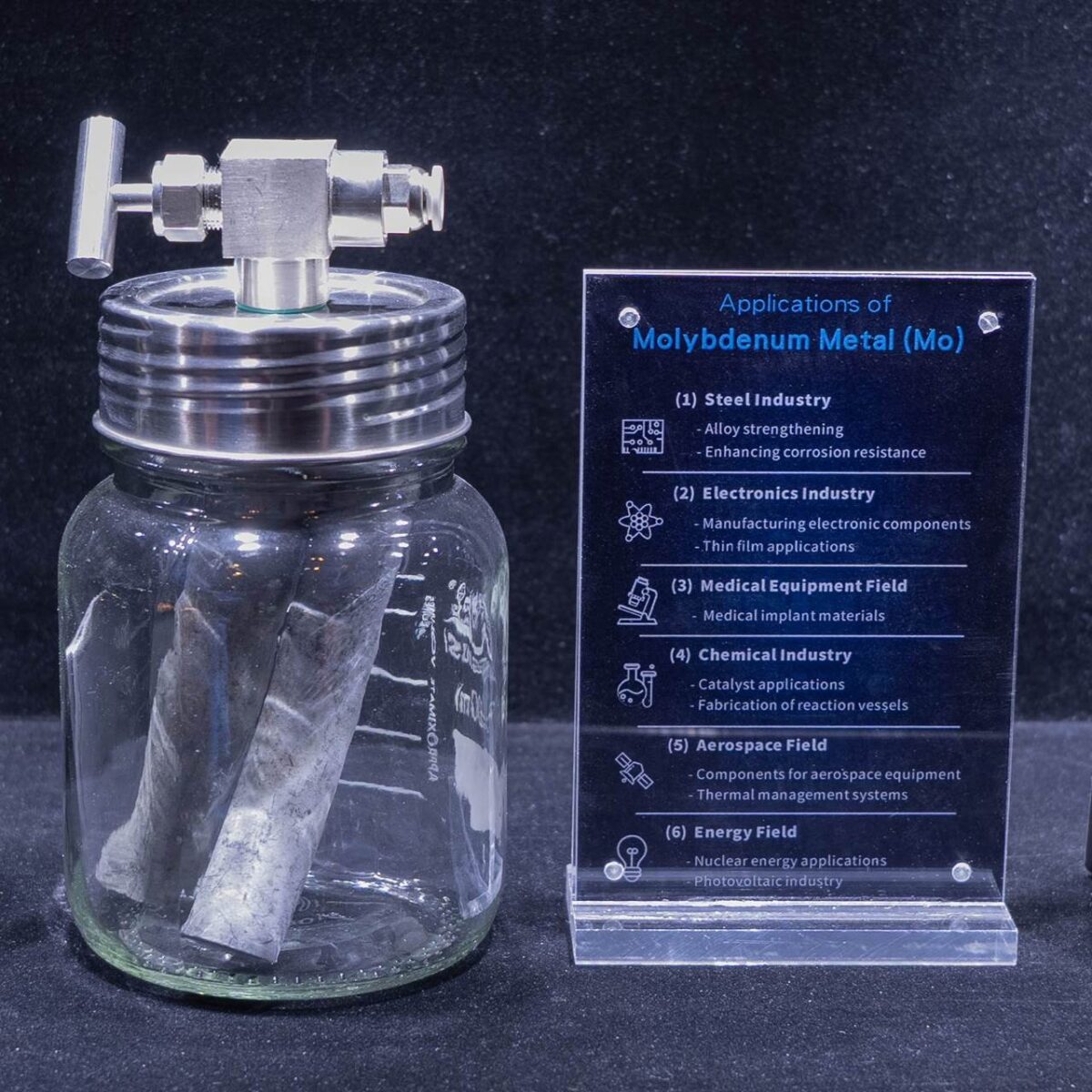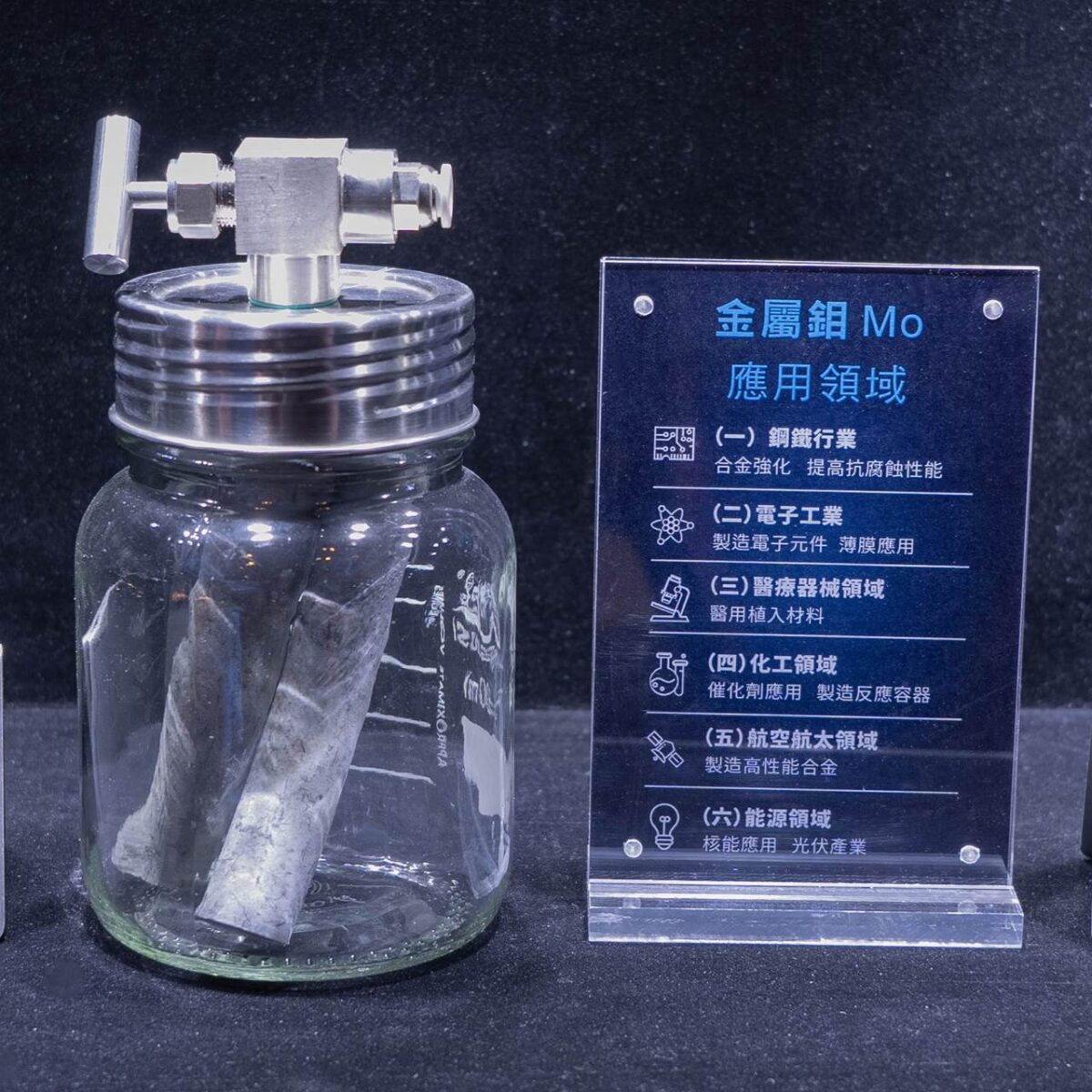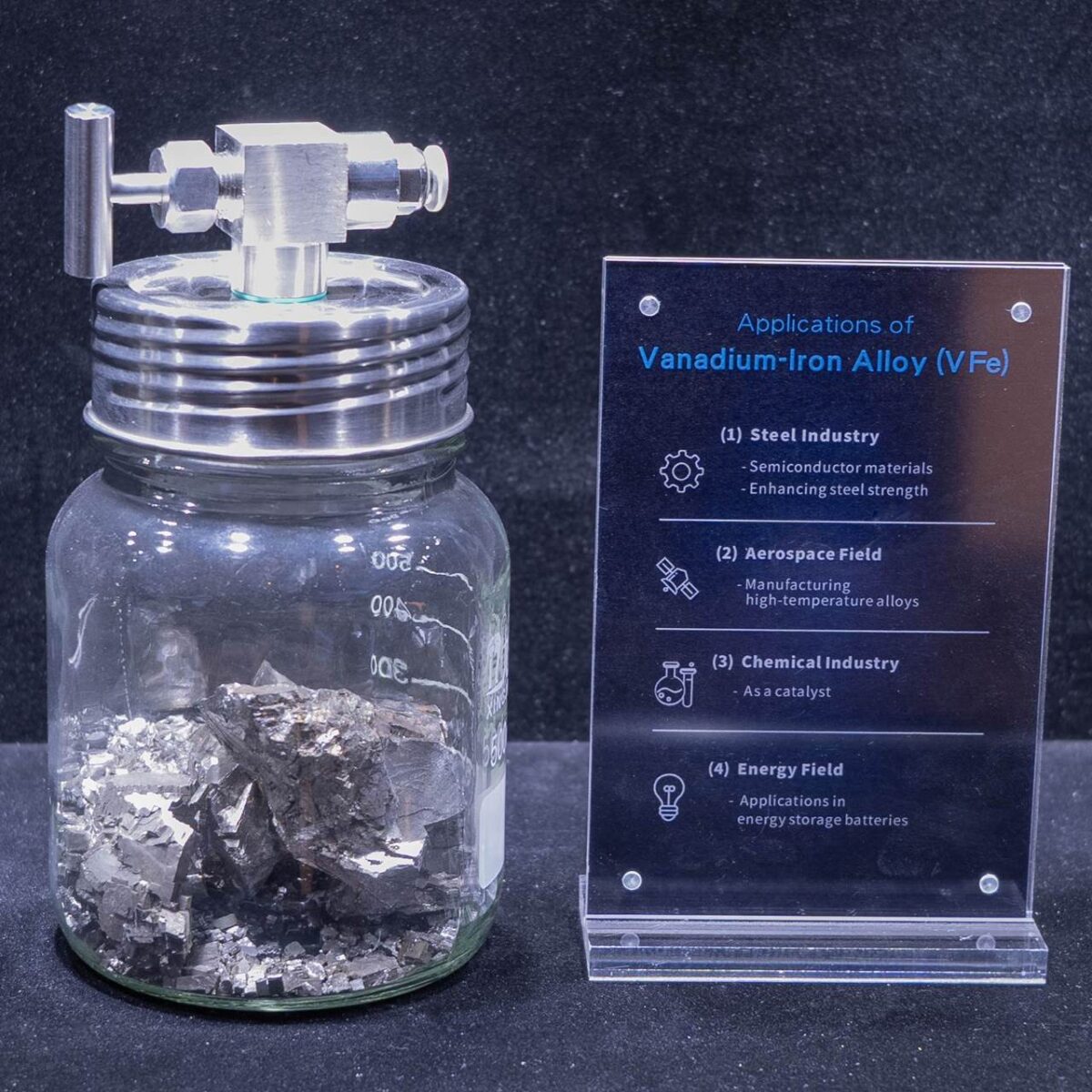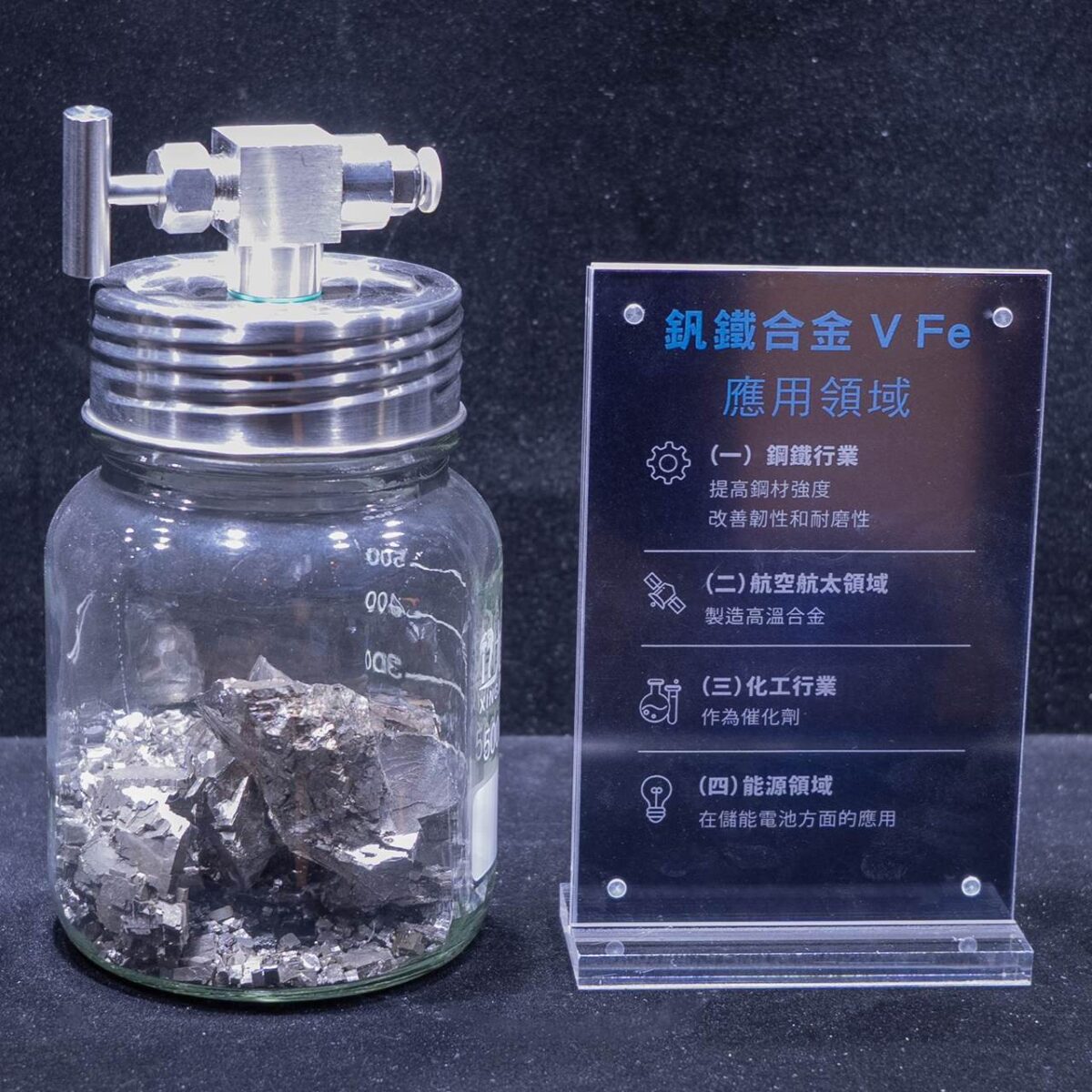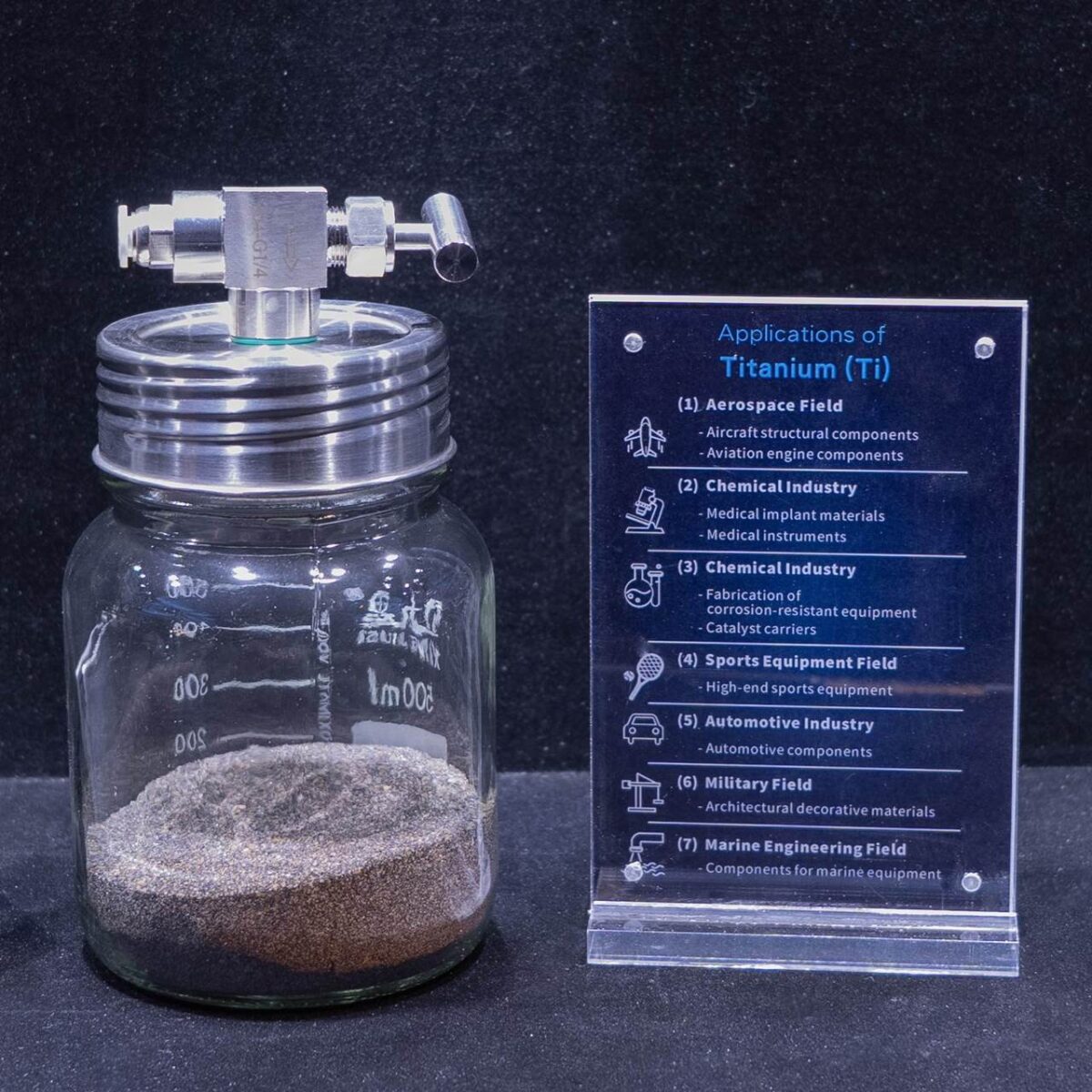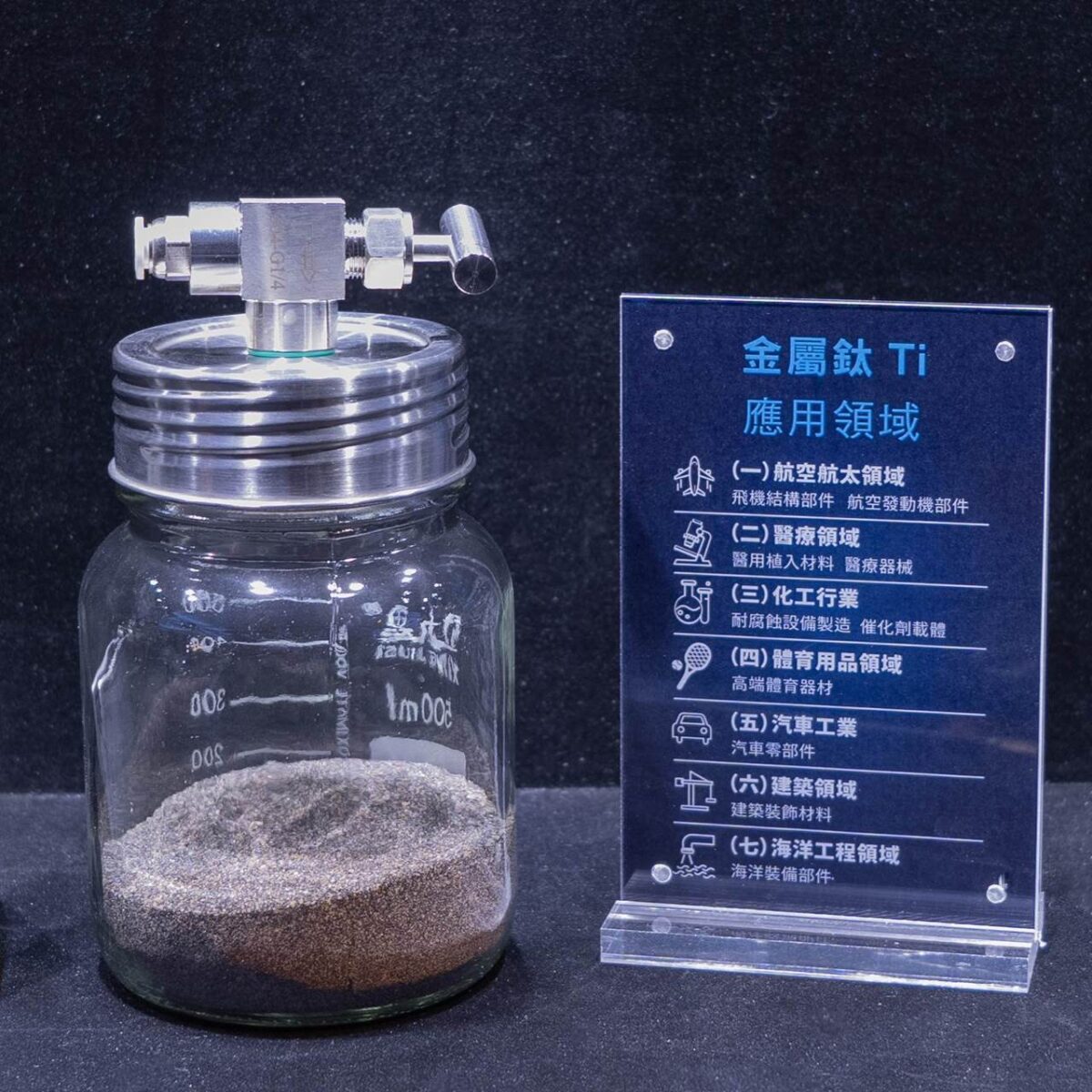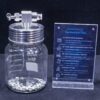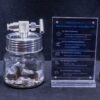Melting and Boiling Points
Rubidium has an extremely low melting point of only 39.31°C, making it one of the metals with the lowest melting points. Its boiling point is also relatively low, at around 688°C. This low melting point means that rubidium easily becomes liquid at slightly elevated temperatures and is valuable in applications requiring low-temperature operations or leveraging its low melting point.
Density and Hardness
Rubidium has a density of approximately 1.532 g/cm³, which is relatively low. It also has an extremely low hardness, with a Mohs hardness of only about 0.3. It is very soft and can be easily cut with a knife and pressed into thin sheets, showing unique characteristics in processing and handling.
Ductility and Electrical Conductivity
Rubidium has a certain degree of ductility. However, due to its softness, its practical industrial applications in terms of ductility are somewhat limited. It is an excellent conductor of electricity, with a high electrical conductivity that allows it to effectively conduct electric current. This makes it valuable in applications where electrical conductivity is required.
Oxidation State and Reactivity
The common oxidation state of rubidium in compounds is +1. It is highly reactive chemically and can be rapidly oxidized in air, reacting violently with oxygen and water to form rubidium hydroxide and other compounds. These reactions often involve combustion and explosive phenomena. Therefore, strict measures such as sealing and air isolation are usually required to store rubidium to ensure its stability.
Reaction with Acids and Bases
Rubidium reacts extremely violently with acids in a displacement reaction, producing the corresponding rubidium salts and hydrogen gas. The reaction is very fast and releases a large amount of heat. As an alkali metal and a strong base, rubidium does not undergo conventional chemical reactions in alkaline solutions but exists in ionic form.
Atomic Clock Field
Manufacturing Rubidium Atomic Clocks
Rubidium plays an important role in the manufacturing of rubidium atomic clocks. Rubidium atomic clocks are highly precise timekeeping instruments that use the stable frequency corresponding to specific energy level transitions in rubidium atoms for timekeeping. Their accuracy can reach an error of no more than 1 second in 100 million years. They are crucial in various fields requiring high-precision time measurements, such as the Global Positioning System (GPS), aerospace navigation, time synchronization in communication networks, and fundamental scientific research. They ensure the precision of all spatiotemporal-related information.
Photoelectric Field
Photoelectric Tube Materials
Rubidium has excellent photoelectric effect characteristics and is highly responsive to light. Therefore, it can be used as a key material in photoelectric conversion devices such as photoelectric tubes. Under light exposure, rubidium can quickly release electrons, efficiently converting light energy into electrical energy. It is applied in fields such as light signal detection, automatic control, and photographic lighting. For example, early photoelectric detectors and photoelectric conversion components in movie projectors used rubidium-related materials to achieve photoelectric conversion functions.
Chemical Industry
Catalysts and Specialty Chemicals
In some chemical reactions, rubidium compounds can be used as catalysts. For example, in organic synthesis reactions and polymerization reactions, rubidium salts can accelerate the reaction process, improve reaction selectivity, and enhance product quality. Additionally, rubidium can be used to produce some specialty chemicals to meet the demand for special chemical substances in specific industrial fields.
Medical Field
Application of Radioactive Rubidium
Certain radioactive isotopes of rubidium (such as rubidium-87) have certain applications in medicine. For example, in radiotherapy, rubidium-87 can be used to kill cancer cells after strict control and precise positioning, treating some types of tumors. Additionally, in medical imaging, its radioactive properties can be used to assist in observing the function and pathological conditions of internal body tissues. However, the use of radioactive rubidium must strictly follow relevant safety regulations to prevent radiation hazards.
Energy Field
Application in Ion Thrusters
In the aerospace field, rubidium can be used as a propellant for ion thrusters. Ion thrusters generate thrust by ionizing atoms such as rubidium and accelerating them for ejection. Although this propulsion method has relatively low thrust, it has a higher specific impulse (i.e., the impulse generated per unit of propellant) than traditional chemical propellants. It can provide continuous propulsion for spacecraft over long space missions, improving the efficiency and mission capabilities of spacecraft.
Related products
Rare Metals
Rare Metals
Rare Metals
Rare Metals

